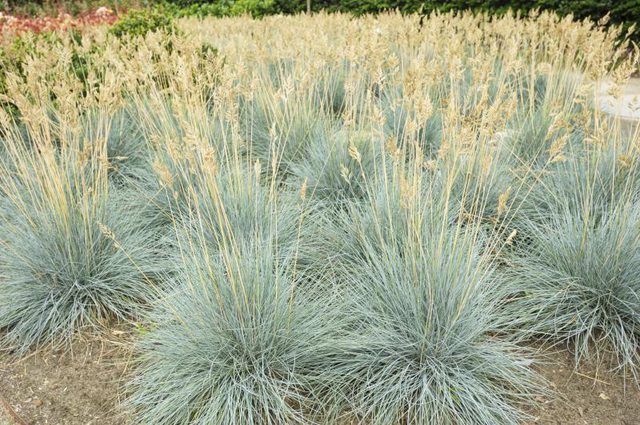Bulbs
Flower Basics
Flower Beds & Specialty Gardens
Flower Garden
Garden Furniture
Garden Gnomes
Garden Seeds
Garden Sheds
Garden Statues
Garden Tools & Supplies
Gardening Basics
Green & Organic
Groundcovers & Vines
Growing Annuals
Growing Basil
Growing Beans
Growing Berries
Growing Blueberries
Growing Cactus
Growing Corn
Growing Cotton
Growing Edibles
Growing Flowers
Growing Garlic
Growing Grapes
Growing Grass
Growing Herbs
Growing Jasmine
Growing Mint
Growing Mushrooms
Orchids
Growing Peanuts
Growing Perennials
Growing Plants
Growing Rosemary
Growing Roses
Growing Strawberries
Growing Sunflowers
Growing Thyme
Growing Tomatoes
Growing Tulips
Growing Vegetables
Herb Basics
Herb Garden
Indoor Growing
Landscaping Basics
Landscaping Patios
Landscaping Plants
Landscaping Shrubs
Landscaping Trees
Landscaping Walks & Pathways
Lawn Basics
Lawn Maintenance
Lawn Mowers
Lawn Ornaments
Lawn Planting
Lawn Tools
Outdoor Growing
Overall Landscape Planning
Pests, Weeds & Problems
Plant Basics
Rock Garden
Rose Garden
Shrubs
Soil
Specialty Gardens
Trees
Vegetable Garden
Yard Maintenance
How to Grow Blue Fescue
How to Grow Blue Fescue. Blue fescue (Festuca glauca) ornamental grass rewards attentive gardeners with striking blue foliage and form. Its basic needs are minimal, yet this short-lived perennial requires replacement or division every two to three years. Hardy in U.S. Department of Agriculture plant hardiness zones 4 through 8, blue fescue...

Blue fescue (Festuca glauca) ornamental grass rewards attentive gardeners with striking blue foliage and form. Its basic needs are minimal, yet this short-lived perennial requires replacement or division every two to three years. Hardy in U.S. Department of Agriculture plant hardiness zones 4 through 8, blue fescue tolerates tough conditions, but living long and looking good depend on proper culture and regular maintenance.
Sun, Soil and Spacing
Blue fescue tolerates part-sun locations, but its finest blue color comes with six to eight hours of full, direct sun each day. Not fussy about soil types or pH, blue fescue prefers well-drained, moisture-retentive soil. The semi-evergreen plants grow up to 10 inches tall and wide, with flowering stems reaching double that height. Blue fescue's finely textured, needlelike leaves form near-perfect, rounded clumps. Mature plants don't spread, so space blue fescue accordingly. Allow 12- to 15-inch spacing for single blue fescues woven in mixed plantings. For massed ground covers, space blue fescue at 8- to 10-inch intervals.
Water and Nutrition
Drought and infertile soil don't phase established blue fescue, but young plants need consistent moisture while roots get growing. Keep soil evenly moist during the first season, then leave watering up to nature except in prolonged drought. Blue fescue won't tolerate overly wet soil. Like all cool-season grasses, blue fescue grows the most during spring and fall. A complete, balanced fertilizer at planting and every spring supports healthy growth. Start new plants with 1 pound of granular, 10-10-10 fertilizer per 100 square feet worked into the soil and watered well. Each spring as new growth begins, broadcast 1/2 pound of the same fertilizer per 100 square feet.
Pruning and Rejuvenation
Early summer brings out blue fescue's flowers and seed heads. Gardeners are divided -- some enjoy the tan blooms, but others rush to cut them and keep the focus on blue. Blue fescue's silvery blue new growth becomes blue-green in summer and browns over winter in cooler climates. Shear clumps back to 3 to 4 inches tall in early spring to remove the brown and welcome fresh blue. Use hedging shears, and sterilize the blades with household disinfectant before and after you shear. Blue fescue clumps die out in the center as they age. Divide and replant blue fescue every two to three years in early spring, as needed, or replace the failing plants.
Cultivars to Grow On
Many blue fescue cultivars offer alternatives to growing basic blue. Among them, "Elijah Blue" fescue's (Festuca glauca "Elijah Blue") intense, sky-blue foliage holds its color all summer, and the plant generally lives longer, too. Sea urchin blue fescue (Festuca glacua "Seeigel") has ultra-fine, hairlike foliage in a compact, steel-blue tuft perfect for containers and small spaces. Both cultivars thrive in USDA zones 4 through 8. "Golden Toupee" blue fescue (Festuca glauca "Golden Toupee") isn't blue at all. Its finely textured clump is bright chartreuse. Suitable for USDA zones 4 through 7, "Golden Toupee" doesn't like heat and humidity, but it grows well in light shade.